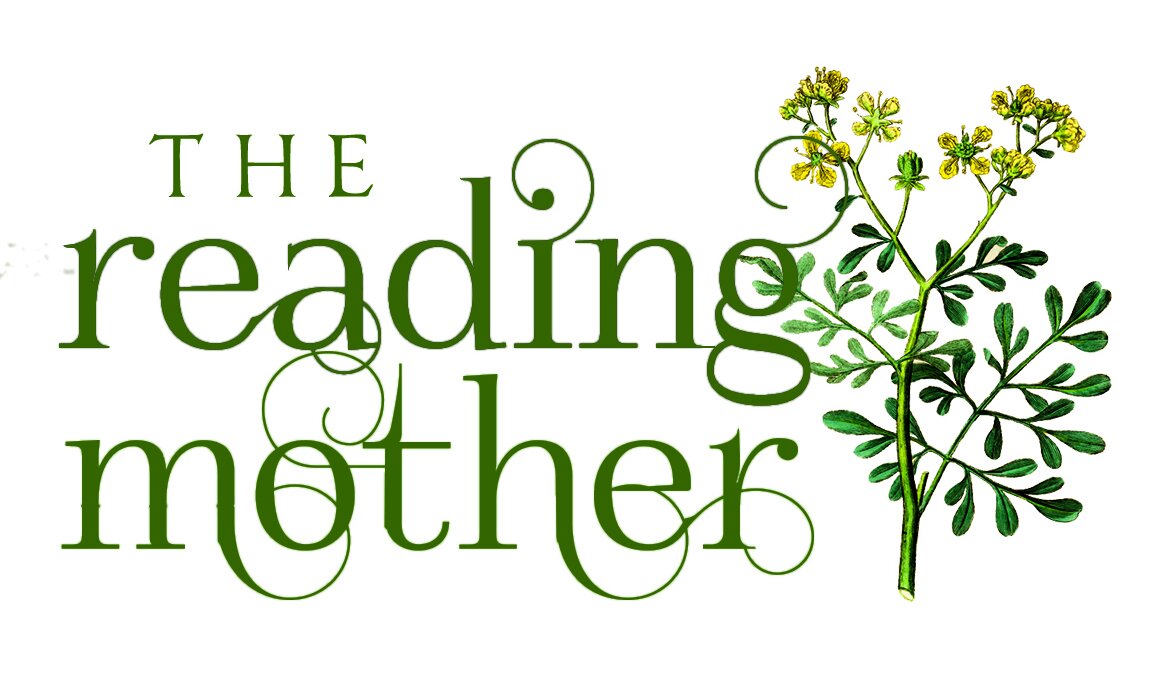My Commonplace Book: A Lifelong Delight
For as long as I can remember, I have copied quotes from books, poems, songs, Scripture. I cannot remember what sparked the idea, but I am grateful that I began this lifelong pursuit. I remember many a day during my teen years, sitting at the desk in my 70s era yellow and orange room, copying lyrics from pop songs. Alas, no Google to look them up. First I had to record the song from the radio on my cassette player (what's that, Mom?) Then there were the hours upon hours of pushing play, stop, rewind, as I attempted to capture those elusive lyrics from the impossibly scratchy, noisy recording.
Sadly, those notebooks are gone now. I’m sure the deep lyrics of the 70s music wasteland would provide my kids many an evening’s entertainment as a read-aloud around the fire. David Cassidy, Bobby Sherman, and Michael Jackson, oh dear. Maybe a few (slightly) better ones from John Denver and Don McLean and the Beatles. Some thoughtful and wise, many heretical, I am sure.
I am also fairly certain that there would be a few literary gems in there. Though I was always a voracious reader, my real education commenced when my well-read (because her brilliant physicist father read aloud to the family almost every night!) cousin Elizabeth decided it was time to take my reading habits in hand. On a summer visit to Schenectady, circa age twelve or thirteen, she extracted my promise to put aside forever that well-worn cardboard box of Nancy Drew books which I had toted with me for a third or fourth reading. She and her mother, my dear Aunt Lucy, began building my library with Narnia and Anne. Oh happy day! Now my quote-copying became meaningful and soul-building.
Fast forward about twenty years to my early days of homeschooling. When my twin boys were in first grade, I read Susan Schaeffer Macaulay’s For the Children’s Sake. Charlotte Mason's methods resonated deeply with me. Not surprisingly, I LOVED the the idea of having each scholar keep a copybook. From my own experience, I knew its delight and power.
The simple practice of copying beautiful passages of Scripture, literature, and history became a standard exercise in our homeschool. Though my poor oldest children suffered the slings and arrows of a curriculum-hopping mother, here was one thing I got right. Our consistent practice of copying (and reading, and memorizing) good and true thoughts from the best minds through the ages has indelibly impressed beautiful language patterns in my children’s own minds. I hear the evidence in their speaking and see it in their writing.
As I began to pursue a classical education for myself, I learned that this idea of copying quotes was no new one. First, I discovered these instructions from Moses for training those who were to rule over God’s covenant people:
Also it shall be, when he sits on the throne of his kingdom, that he shall write for himself a copy of this law in a book, from the one before the priests, the Levites. And it shall be with him, and he shall read it all the days of his life, that he may learn to fear the Lord his God and be careful to observe all the words of this law and these statutes, that his heart may not be lifted above his brethren, that he may not turn aside from the commandment to the right hand or to the left, and that he may prolong his days in his kingdom, he and his children in the midst of Israel.
—Deuteronomy 17:17-19
Then, I learned that these quote books like the ones I had kept all my life had a name: commonplace books. I discovered many great thinkers and writers had made a practice of “commonplacing” passages from Scripture, literature, and poetry – the likes of John Milton, Lewis Carroll, Thomas Jefferson, Mark Twain, just to name a few. Even Father Tim of Mitford fame kept a commonplace book, and Jan Karon has thoughtfully shared it with us. One day, I came across this line from a letter written by John Quincy Adams, age 10, to his father:
Sir, if you will be so good as to favor me with a blank book, I will transcribe the most remarkable occurrences I meet with in my reading, which will serve to fix them upon my mind.
All this mounting evidence, combined with the benefits I was seeing in my young scholars’ lives, convinced of the formative power of copybook and commonplace book. This simple practice which had given me such great delight over the years, which I had passed on to my children with even more delight, became a pillar of my own pedagogical philosophy. Copybook and commonplace book are at the heart of language arts instruction curricula from Cottage Press.
The Art of Commonplace for Students:
The Art of Commonplace For Students, Part 2—Setting Up and Using Your Commonplace Book
The Art of Commonplace for Students, Part 3—Creating a Commonplacing Atmosphere

